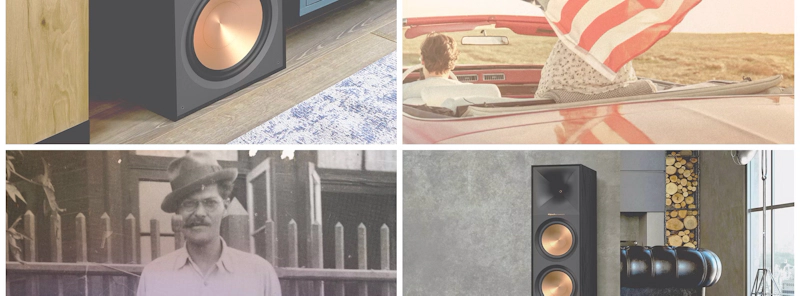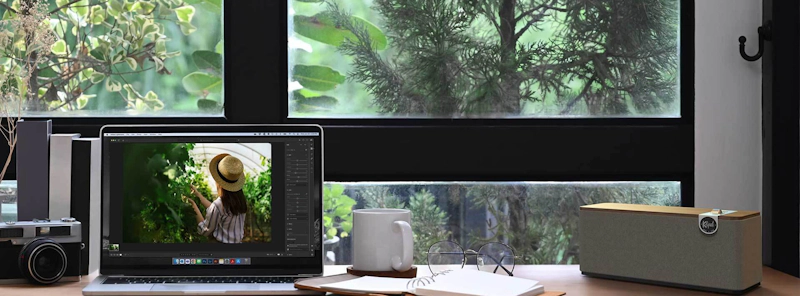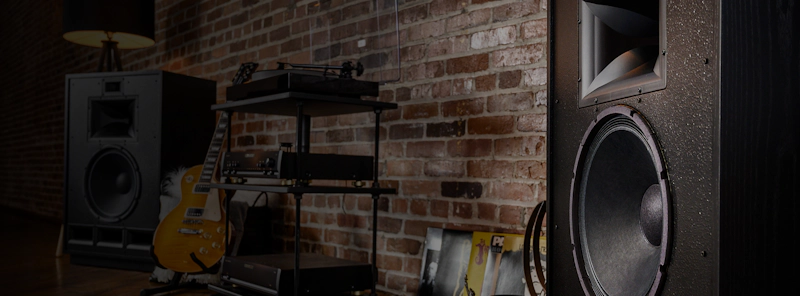
THE KLIPSCH JOINT
YOUR RESOURCE FOR EVERYTHING YOU NEED TO KNOW ABOUT PREMIUM AUDIO FOR HOME AND ON THE GO

Klipsch: Legendary American Sound
Experience Legendary American Sound since 1946 with Klipsch today!
Read More
Inside the Music City Party Speakers: A Conversation with Ryan Hansen, Product Manager at Klipsch
Inside the Music City Party Speakers: A Conversation with Ryan Hansen, Product Manager at Klipsch. Learn more!
Read More
Behind the Scenes: Klipsch Employees Share Their Home Theaters and Work-from-Home Setups
Welcome to a peek behind the curtain at Klipsch Audio! We’re excited to showcase the home theaters and work-from-home setups of our very own employees. Read More!
Read More
DEEP DIVE: MY FIRST KLIPSCH PILGRIMAGE AND HEARING THE NEW KLIPSCHORN AK7
A budding hi-fi enthusiast travels from Michigan to Arkansas on her first Klipsch Pilgrimage to hear the newest Dope from Hope. Read More!
Read More
YOUR SUMMER MOVIE NIGHT WILL KICK *** WITH THE ALL-NEW KLIPSCH FLEXUS
YOUR SUMMER MOVIE NIGHT WILL KICK *** WITH THE ALL-NEW KLIPSCH FLEXUS. Learn more!
Read More
INSIDER INSIGHTS: KLIPSCH EMPLOYEES DISH ON THE NEW KLIPSCH FLEXUS SOUND SYSTEM
Our new sound bar system, powered by Onkyo, has won tons of awards already. Learn More!
Read More
Klipsch Music City Portable Bluetooth Speaker Series
The Great American Audio company takes a great American road trip - learn about our new Music City Portable Bluetooth Speakers!
Read More
Klipsch Black Friday Shopping Guide
Klipsch Black Friday deals include speakers on sale for prices that can’t be beaten. Check out all of our 2022 Black Friday gift guide deals now.
Read More
Redefine Your Listening Experience: Klipsch Tabletop Bluetooth Speakers to Elevate Any Room
The One Plus and The Three Plus fit virtually anywhere…but here are five creative spots that could use a musical boost. Read More!
Read More
HI-FI HOME THEATER? YOU CAN DO IT WITH KLIPSCH
While normally associated with audiophiles and music lovers, you can use our premium Klipsch Heritage line for hi-fi home theater spaces. Read More!
Read More